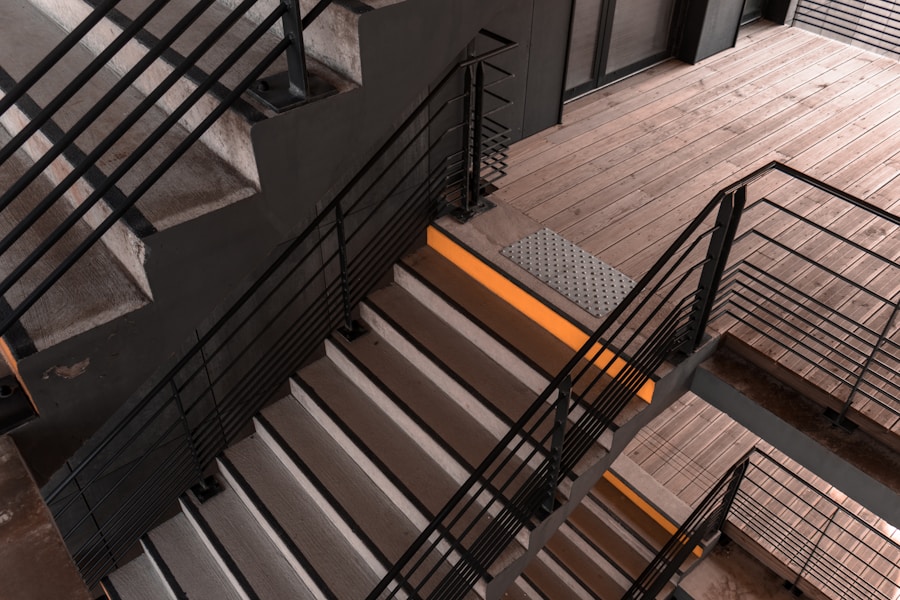When creating a wooden legs planter, the initial step is to select the appropriate type of wood, as it significantly impacts the planter’s appearance, durability, and lifespan. Certain types of wood, such as cedar, redwood, and cypress, are ideal for outdoor planters due to their natural resistance to rot and decay. These woods also possess a beautiful, natural color and grain pattern, which can add an air of sophistication to the planter.
Alternatively, pine and fir are more affordable options, although they may not be as long-lasting as the more expensive hardwoods. Regardless of the wood type chosen, it is essential to select boards that are free from knots and imperfections, as these can compromise the planter’s structural integrity. When selecting wood for the planter, it is crucial to consider the desired size and shape of the planter.
For larger planters, thicker, sturdier boards are necessary to support the weight of the soil and plants. In contrast, thinner boards may be sufficient for smaller planters, although they may not be as durable over time. Additionally, the desired aesthetic of the planter should be taken into account.
Do you want to achieve a natural, rustic look or a more polished, modern appearance? The type of wood chosen plays a significant role in achieving the desired look, so it is essential to take the time to select the perfect material for the project.
Key Takeaways
- Choose a durable and weather-resistant wood like cedar or redwood for your planter to ensure longevity
- Consider the size and shape of your planter to complement your space and the plants you want to grow
- Follow a step-by-step guide to build your planter, including cutting the wood, assembling the pieces, and adding the legs
- Seal and protect your planter with a waterproof sealant to prevent rot and decay
- Select plants that thrive in wooden planters and consider the weight and size of the plants when displaying your planter in your home
Designing the Perfect Wooden Legs Planter
Once you’ve selected the right type of wood for your planter, it’s time to start designing the perfect wooden legs planter. There are countless design options to choose from, so take some time to consider the overall style and functionality you want to achieve with your planter. Do you want a simple, classic design, or something more unique and eye-catching?
Consider incorporating decorative elements such as carved details or intricate patterns to add visual interest to your planter. Additionally, think about the size and shape of your planter. Do you want a tall, narrow planter for displaying flowers, or a wide, shallow planter for growing herbs and vegetables?
The possibilities are endless, so don’t be afraid to get creative with your design. When designing your wooden legs planter, it’s important to consider the practical aspects of its construction. Be sure to include drainage holes in the bottom of the planter to prevent water from pooling and causing root rot.
Additionally, consider adding a liner to protect the wood from moisture and extend the life of your planter. If you plan to place your planter on a deck or patio, consider adding feet or casters to elevate it off the ground and prevent water damage. Finally, think about how you will attach the legs to the planter.
Will you use screws, dowels, or another method of fastening? Take the time to carefully plan out these details to ensure that your planter is not only beautiful, but also functional and long-lasting.
FAQs
What materials do I need to create a wooden legs planter?
To create a stunning wooden legs planter, you will need the following materials: wooden boards, wood glue, screws, a drill, a saw, a measuring tape, and a pencil.
What are the steps to create a wooden legs planter?
The steps to create a stunning wooden legs planter include measuring and cutting the wooden boards to the desired dimensions, assembling the planter box using wood glue and screws, and attaching the wooden legs to the planter box.
What type of wood is best for creating a wooden legs planter?
The best type of wood for creating a wooden legs planter is cedar or redwood, as they are both durable and weather-resistant.
How can I maintain a wooden legs planter?
To maintain a wooden legs planter, it is important to regularly apply a protective sealant or wood preservative to prevent rot and decay. Additionally, it is recommended to periodically check for any signs of damage and make any necessary repairs.




